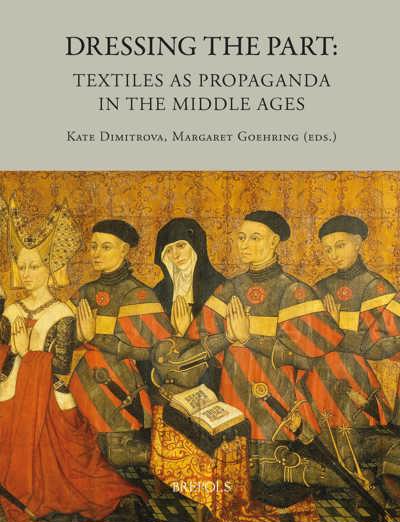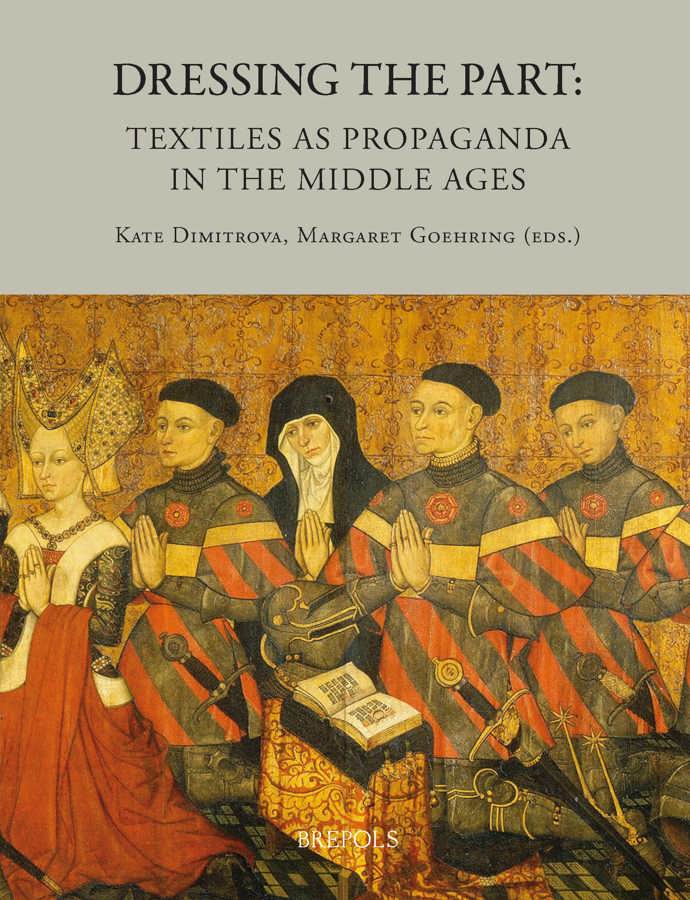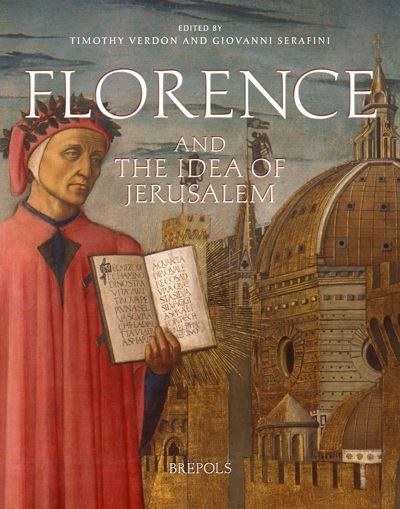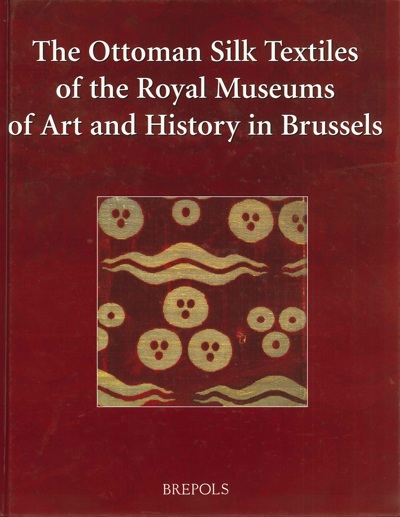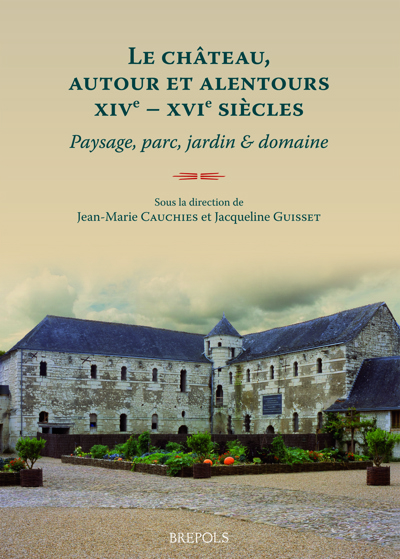
Dressing the Part: Textiles as Propaganda in the Middle Ages
K. Dimitrova, Margaret Goehring (eds)
- Pages: 213 p.
- Size:210 x 275 mm
- Illustrations:150 b/w, 32 col.
- Language(s):English
- Publication Year:2015
- € 120,00 EXCL. VAT RETAIL PRICE
- ISBN: 978-2-503-53676-7
- Hardback
- Out of Print
This volume explores the ways in which textiles were used or invoked in the construction and display of power in the Middle Ages.
"Though an anthology that brings together such a prestigious company of international scholars might function as a unit, Dimitrova and Goehring’s Dressing the Part: Textiles as Propaganda in the Middle Ages, merits a place on the reference collection of research libraries. The chapters operate as unique scholarly statements, offering important new ideas, especially to readers whose primary language is English (…). Valuable insights concerning the visual art and social history of the Middle Ages can be useful for various ranks of scholarly readers."
Janet Snyder (West Virginia University) in: Reviews in History, October 2015
http://www.history.ac.uk/reviews/review/1848
“The editors offer an admirable selection of topics, cogently introduced.” (Lisa Monnas, in Text for the Study of Textile Art, Design and History, Vol. 43: 2015-16, p. 68)
“(…) this is a delightful book, which all late medievalists should both read and gaze at.” (Gale R. Owen-Crocker, in Textile History, 47/2, 2016, p. 265)
“This magnificently illustrated and coherent volume brings together eleven essays on textiles and their representation, spanning from the eleventh through the fifteenth centuries and encompassing the Latin West, Byzantium, and Islam..” (Laura Weigert, in Speculum, 91/4, 2016, p. 1097)
During the Middle Ages, textiles played a particularly prominent role in the communication of wealth and authority by mediating the body politic and defining spaces of political, religious, and social power. The intrinsic material value of textiles—which could be woven out of silk, enriched with silver and gold threads, and garnished with precious stones—complemented an elaborate visual language that conveyed ideological messages. From the ornamented sphere of ecclesiastical dress and the celebrations of feast days to an aristocrat’s various rites of passage (such as birth, marriage, coronation, and death), textiles functioned as propaganda. Rulers across the European, Byzantine and Islamic worlds expressed their dynastic claims, military prowess, political aspirations and accomplishments by commissioning, displaying, wearing, and offering textiles.
Because textiles are portable, wearable and displayable their performative qualities result in multivalent meanings that medieval patrons exploited. In essence, the meaning of textiles can never truly be fixed. Textiles inherently represent a confluence of messages because they operate within multiple systems of signs—costume, liturgical display, ceremonies of state, funerary ritual, memorial display and personal or corporate identity to name a few. While contemporary historians might label this multivalency as Lacanian, in fact, perhaps more than any other art form, textiles amplify and even reveal the medieval appreciation for the inherent flexibility of signs.
This volume explores the ways in which textiles were used or invoked in the construction and display of power. The essays include material culture studies that explore textile display, archival investigations that reveal patterns of donation, technical studies concerning design and production processes, as well as art historical studies concerning the representation of textiles in other media. All together, these essays offer insight into how textiles were interwoven with notions of identity, status, and power during the Middle Ages.
Chapter 1: Introduction, Kate Dimitrova and Margaret Goehring
PART I - TEXTILES IN CONTEXT
Chapter 2: Pictorial Textiles and their Performance: a Star Mantle of Henry II, David Ganz
Chapter 3: Orthodox Liturgical Textiles and Clerical Self-Referentiality, Warren T. Woodfin
Chapter 4: The Epitaphioi of Stephen the Great, Henry Schilb
Chapter 5: Liturgical Textiles as Papal Donations in Late Medieval Italy, Christiane Elster
Chapter 6: Monument in Linen: A Thirteenth-Century Embroidered Catafalque Cover for the Members of the Beata Stirps of Saint Elizabeth of Hungary, Stefanie Seeberg
Chapter 7: Cultures Re-Shaped: Textiles from the Castilian Royal Tombs in Santa María de las Huelgas in Burgos, Kristin Böse
PART II - THE REPRESENTED TEXTILE AS SIGN
Chapter 8: ‘So lyvely in cullers and gilting’: Vestments on Episcopal Tomb Effigies in England, Catherine Walden
Chapter 9: Material Evidence, Theological Requirements and Medial Transformation: ‘Textile Strategies’ in the Court Art of Charles IV, Evelin Wetter
Chapter 10: Weaving Legitimacy: e Jouvenel des Ursins Family and the Construction of Nobility in Fifteenth-Century France, Jennifer E. Courts
Chapter 11: Textiles in the Great Mongol Shahnama: A New Approach to Ilkhanid Dress, Yuka Kadoi
